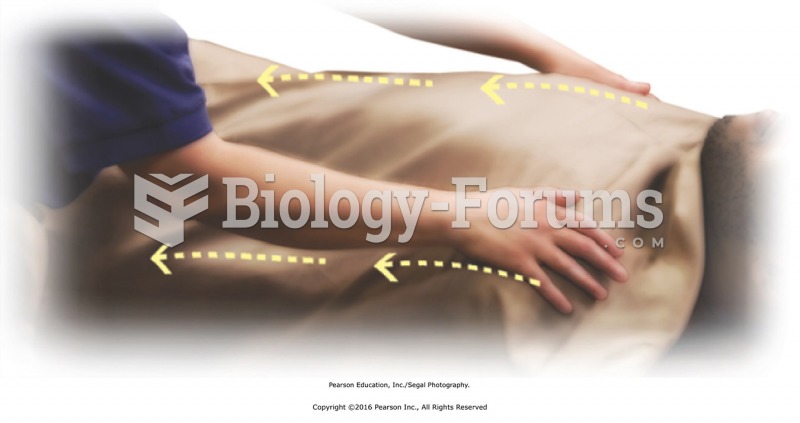This topic contains a solution. Click here to go to the answer
|
|
|
Did you know?
Signs and symptoms of a drug overdose include losing consciousness, fever or sweating, breathing problems, abnormal pulse, and changes in skin color.
Did you know?
There are more nerve cells in one human brain than there are stars in the Milky Way.
Did you know?
The largest baby ever born weighed more than 23 pounds but died just 11 hours after his birth in 1879. The largest surviving baby was born in October 2009 in Sumatra, Indonesia, and weighed an astounding 19.2 pounds at birth.
Did you know?
Human kidneys will clean about 1 million gallons of blood in an average lifetime.
Did you know?
About 100 new prescription or over-the-counter drugs come into the U.S. market every year.







